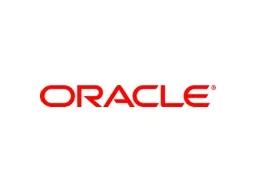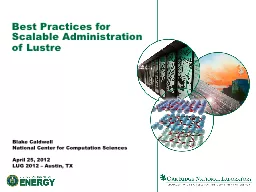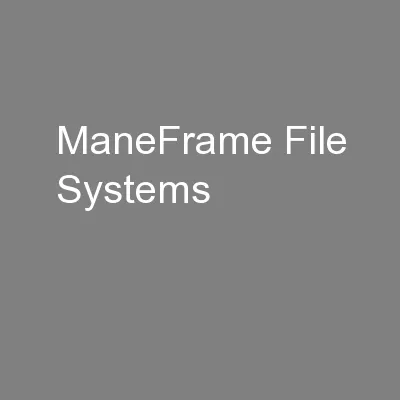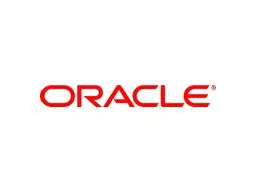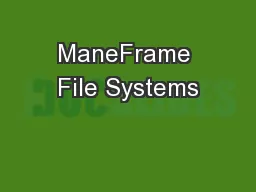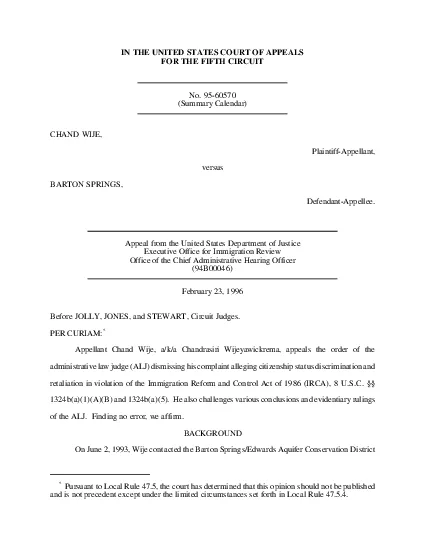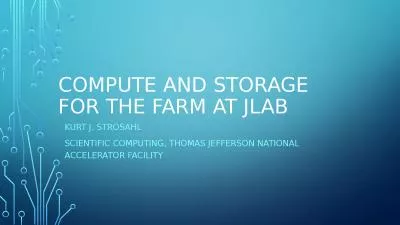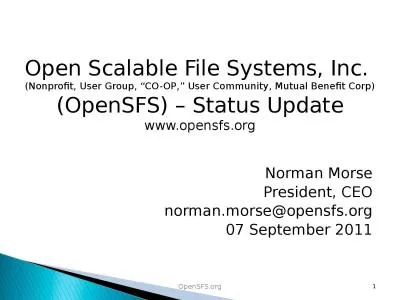PPT-Lustre Development Eric Barton
Author : alida-meadow | Published Date : 2019-01-31
Lead Engineer Lustre Group ltInsert Picture Heregt Lustre Development Agenda Engineering Improving stability Sustaining innovation Development Scaling and performance
Presentation Embed Code
Download Presentation
Download Presentation The PPT/PDF document "Lustre Development Eric Barton" is the property of its rightful owner. Permission is granted to download and print the materials on this website for personal, non-commercial use only, and to display it on your personal computer provided you do not modify the materials and that you retain all copyright notices contained in the materials. By downloading content from our website, you accept the terms of this agreement.
Lustre Development Eric Barton: Transcript
Download Rules Of Document
"Lustre Development Eric Barton"The content belongs to its owner. You may download and print it for personal use, without modification, and keep all copyright notices. By downloading, you agree to these terms.
Related Documents

